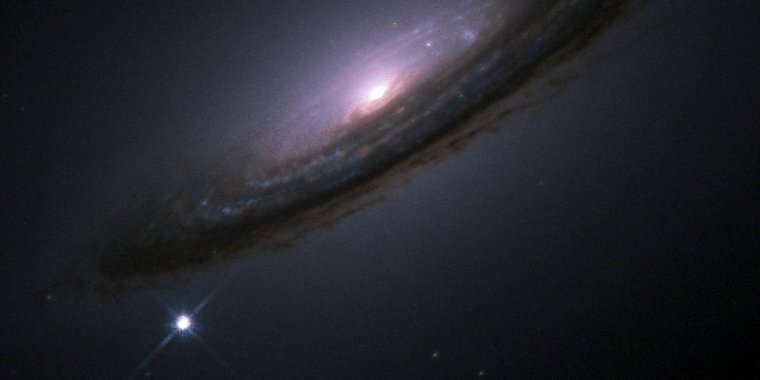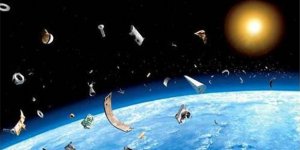| News / Science News |
Finding Alien Life Unlikely Due to Lack of Phosphorus in Universe
Amid efforts to find alien life, scientists have not yet confirmed the existence of an extraterrestrial civilization. Findings of a new study suggest this has something do with the element phosphorus lacking in the cosmos.

SN 1994D (bright spot on the lower left), a Type Ia supernova outshining its home galaxy, NGC 4526. Image credit: NASA/ESA
Phosphorus is the 11th most common element on Earth, and it is fundamental to all living things. Phosphorus is one of only six chemical elements on our planet that organisms depend on.
It helps form the backbone of the long chains of nucleotides that create RNA and DNA; it is part of the phospholipids in cell membranes; and is a building block of the coenzyme used as an energy carrier in cells, adenosine triphosphate (ATP).
Astronomers have been hunting for phosphorus in the universe because of the role it plays in life on Earth. If the element is lacking in other parts of the cosmos, it could be difficult for alien life to exist.
A new study now suggests that life as we know it is more unusual than previously thought because the universe substantially lacks phosphorus.
Study researcher Jane Greaves, from the University of Cardiff, and colleagues, found that the reason our planet got enough of the element is because it is close enough to a supernova.
Phosphorus is formed in supernovae when massive stars explode at the end of their lives, but the researchers found that the typical supernova may not provide the right conditions to forge the element. Earth just happened to be in close proximity to the right kind of supernova, making it unusually lucky.
The researchers made their conclusion based on observations of two supernova remnants, the Crab Nebula and Cassiopeia A (Cas A). The found that Cas A appears to have more phosphorus than Crab Nebula. The researchers theorize that the latter had more reactions that made phosphorus because it was denser or more massive.
The findings hint that material blown out into space may dramatically vary in composition. The researchers said that some of the phosphorus-bearing minerals such as those in meteorites that came to Earth may have been reactive enough to contribute to the making of proto-biomolecules.
If phosphorus comes from supernova and travels across space in meteoritic rock, the researchers wondered if young planets near the wrong kind of supernova may find themselves lacking in reactive phosphorus. (Tasnim News Agency)
YOU MAY ALSO LIKE





